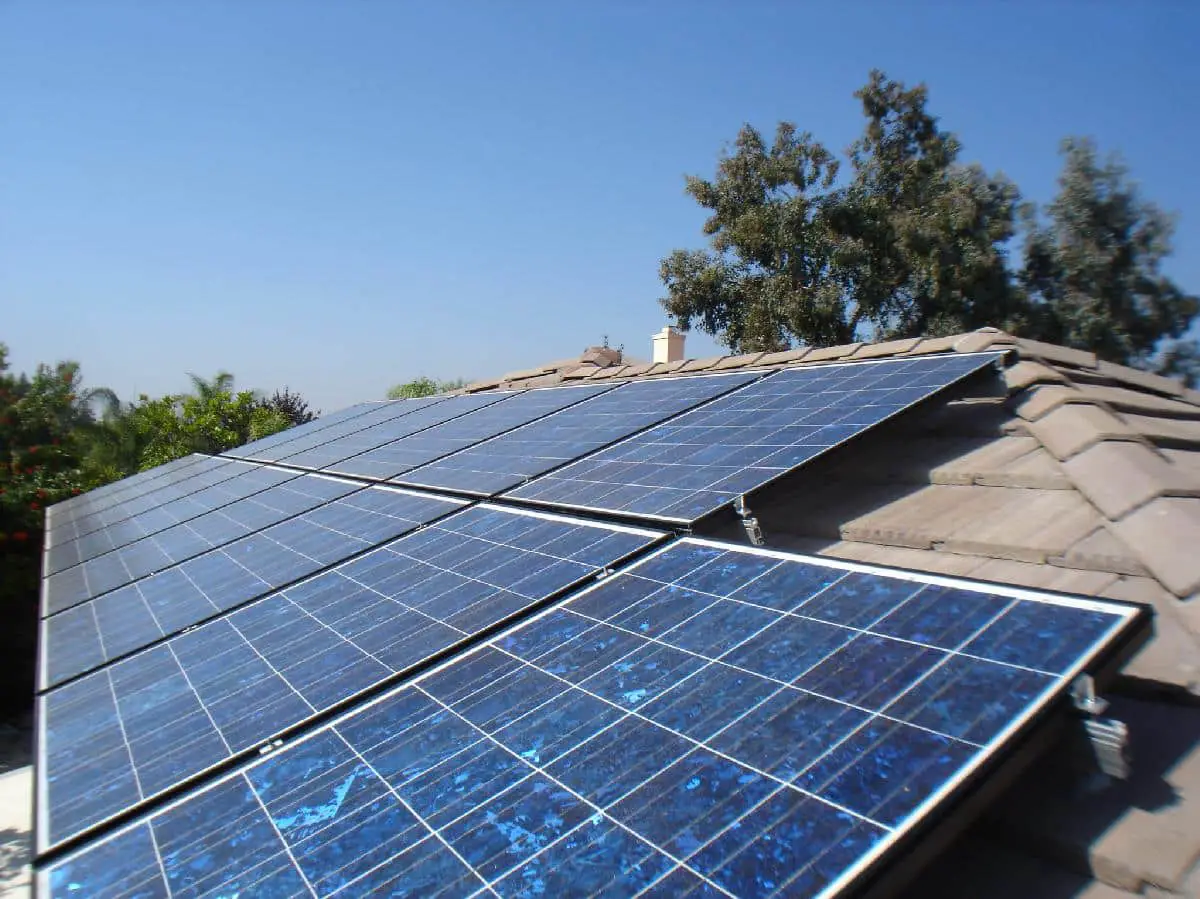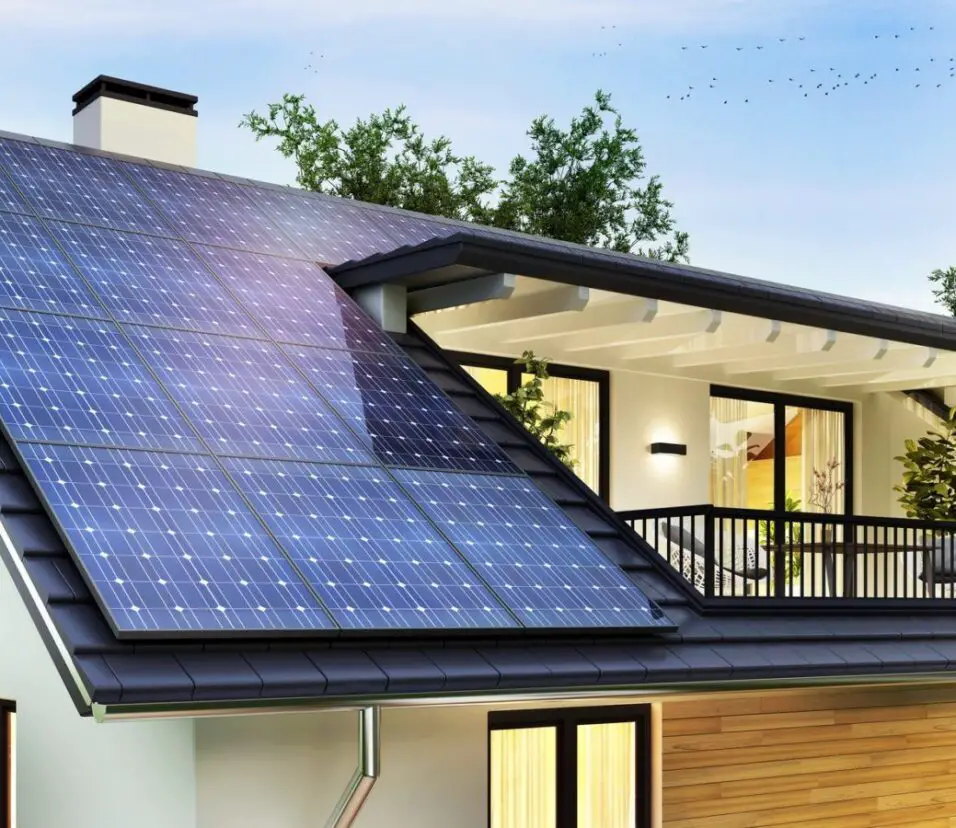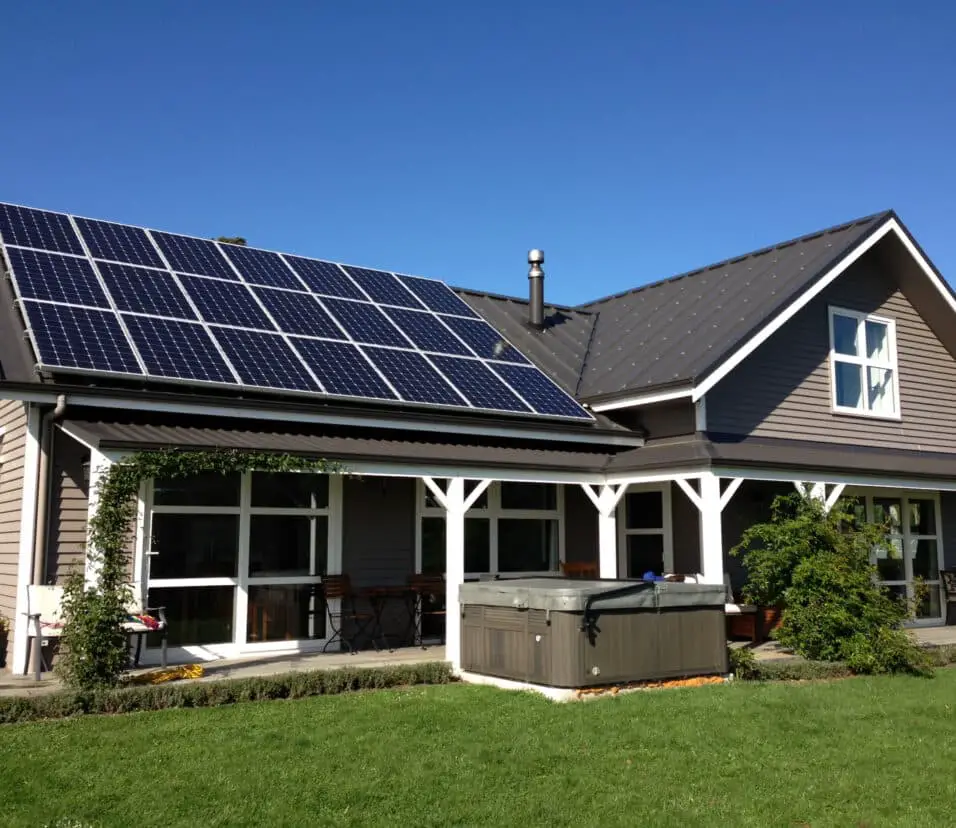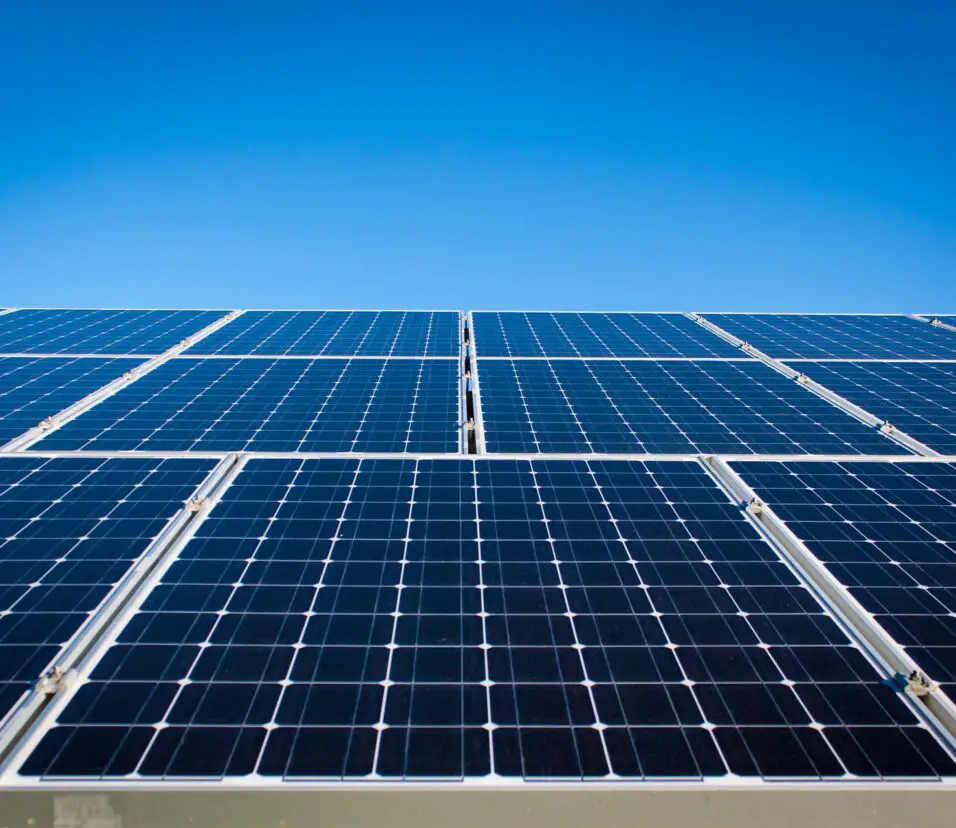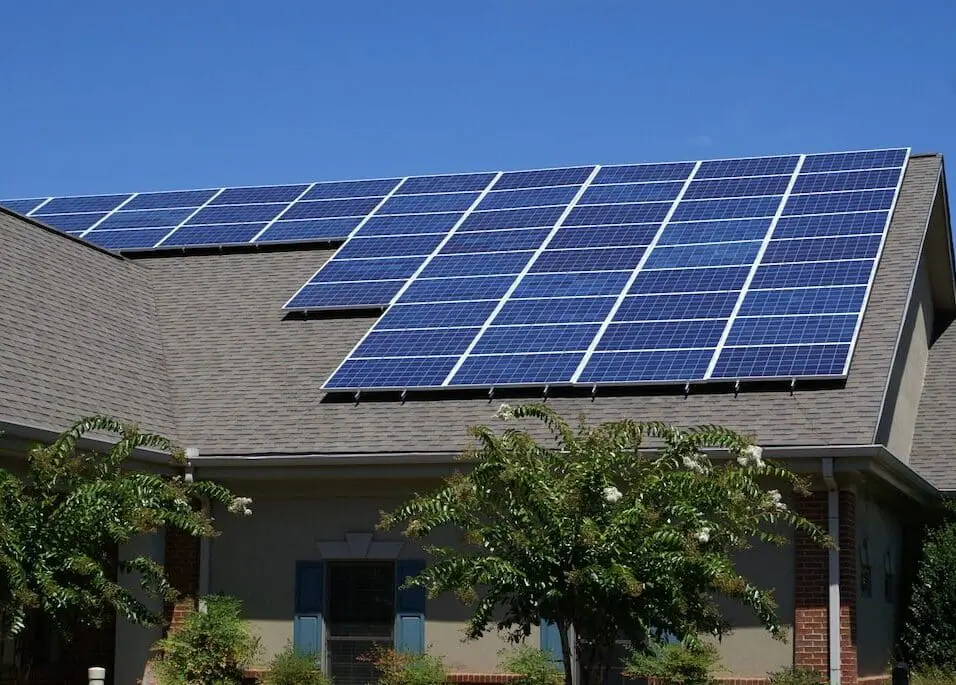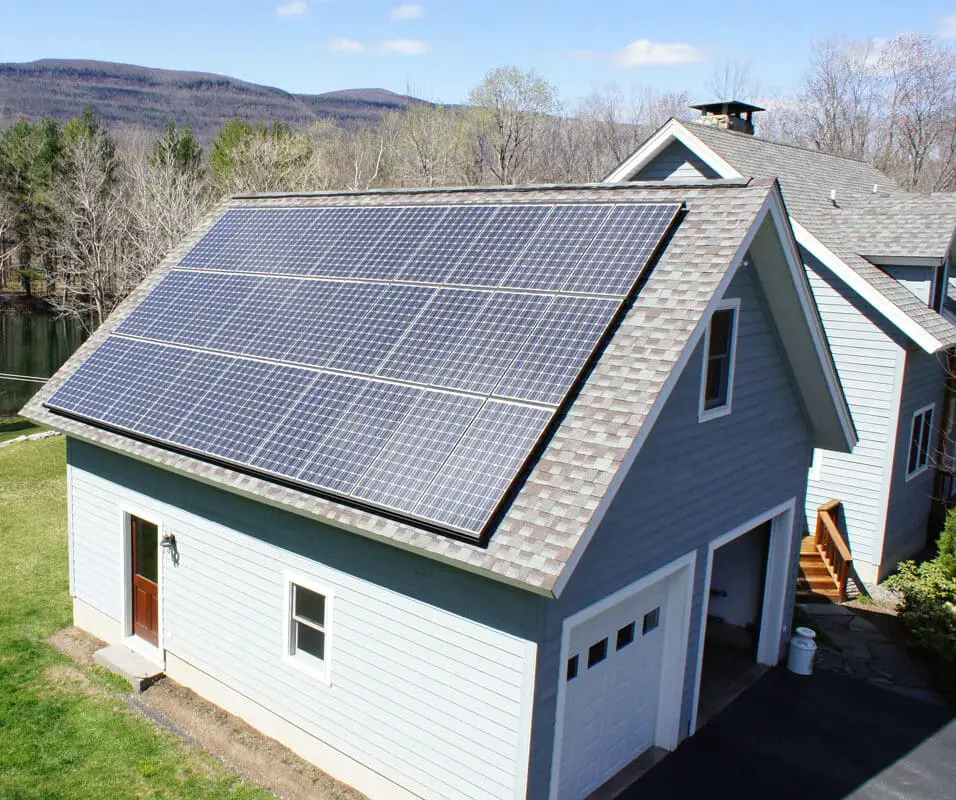How To Connect Solar Panels To House
Introduction
How To Connect Solar Panels To House: However, before embarking on this green energy journey, it’s crucial to educate yourself about the various components of a solar system, local regulations and permits, and the estimated energy needs of your household. Understanding your energy consumption patterns will help you determine the right size and type of solar installation that best fits your requirements.
Furthermore, our guide will address the options for connecting your solar panels to the grid, as well as the possibility of adding battery storage to store excess energy for later use or in the event of a power outage. By the end of this guide, you’ll be equipped with the knowledge needed to make your home greener, more self-sufficient, and potentially even generate surplus electricity to give back to the grid.
Solar panels come in various types, each with its unique advantages and applications. In this chapter, we’ll delve into the different types of solar panels, their efficiency ratings, and the factors you should consider when selecting the best panels for your needs. Whether you’re interested in monocrystalline, polycrystalline, or thin-film panels, this chapter will help you make an informed decision.
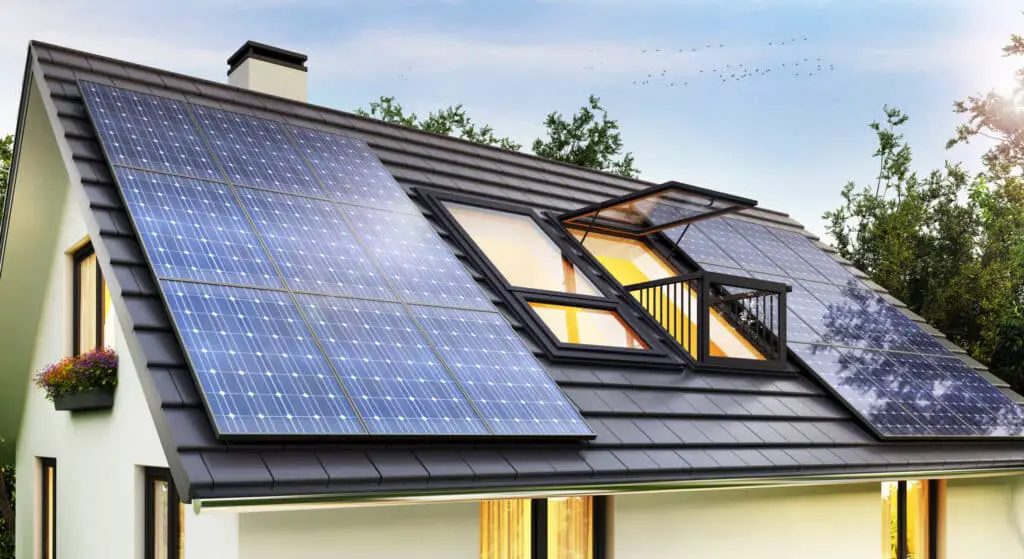
How are solar panels wired to mains?
Plug In Solar uses Solar panels to generate FREE ELECTRICITY from sunlight. Before we explore the wiring process, it’s essential to understand the concept of grid connection and how it operates. Ensure that you have obtained all necessary permits and approvals from local authorities and utility companies. Compliance with building codes and safety regulations is paramount to ensure a smooth grid connection process.
Determine the right size of your solar system based on your energy consumption, available roof space, and budget. A professional solar installer can help design an efficient system tailored to your specific needs.
Depending on your system design and objectives, you can choose between string inverters, microinverters, or power optimizers. Each type has its advantages, such as enhanced performance monitoring or improved shade tolerance.
What is the best way to connect solar panels?
Series wiring connects each panel’s positive and negative terminals to form a single connection. Solar panel voltages in sequence determine the array’s output voltage. Series wiring, also known as string configuration, forms a continuous loop by connecting multiple solar panels’ positive and negative terminals. The string’s first and last panels provide the result.
Parallel wiring links solar panels’ positive and negative terminals. Combined panel outputs increase current at the same voltage. Large solar arrays use this technology.
How solar panels are linked affects its efficiency and efficacy. Connecting solar panels properly maximizes energy generation and ensures smooth operation. Best solar panel connections for different system designs and their benefits.
Each solar panel has back microinverters or power optimizers for panel-level optimization. This maximizes output regardless of shade or performance differences across panels.
Can I connect my own solar panels?
Assess your electrical system knowledge and technical skills before installing DIY solar panels. Connecting solar panels requires high-voltage DC electricity, heights, and local building codes. Electrical or related knowledge may help with solar installation. Hire a professional if you’re unfamiliar with electrical systems to ensure safety and proper installation.
Municipal approvals are needed to connect solar panels to your home’s electrical infrastructure. Violating local building and utility codes might pose safety and legal risks. Check local regulations before DIY installation.
Accurate system sizing and design are crucial for optimizing the performance and efficiency of your solar panels. Factors such as your energy consumption, available roof space, panel capacity, and inverter selection need to be carefully considered. Miscalculations in system design can lead to suboptimal energy generation or even damage to the components.
Choosing high-quality solar panels, inverters, mounting systems, and other components is vital for the long-term success of your solar installation. While there are various options available in the market, not all products are equal in terms of efficiency and reliability. Opting for reputable brands and certified products can ensure your system performs optimally and has adequate warranties and support.
How to connect solar panel to home inverter?
The string’s first and last panels provide the result. Paralleling the inverter and solar panels increases current and maintains voltage. In parallel, the solar panels’ positive and negative terminals are connected. Carefully run DC connections from the solar panels to the home inverter. Connect the solar panels’ positive and negative DC cables to the inverter’s DC input terminals. Connect inverter to home’s electrical system: From the inverter to the home’s electrical panel, run AC cables. Series wiring, also known as string configuration, forms a continuous loop by connecting multiple solar panels’ positive and negative terminals. The string’s first and last panels provide the result.
Install a solar-specific circuit breaker on the electrical panel. The inverter’s AC output should be connected to the new electrical panel circuit breaker. Series wiring, also known as string configuration, forms a continuous loop by connecting multiple solar panels’ positive and negative terminals. The string’s first and last panels provide the result.
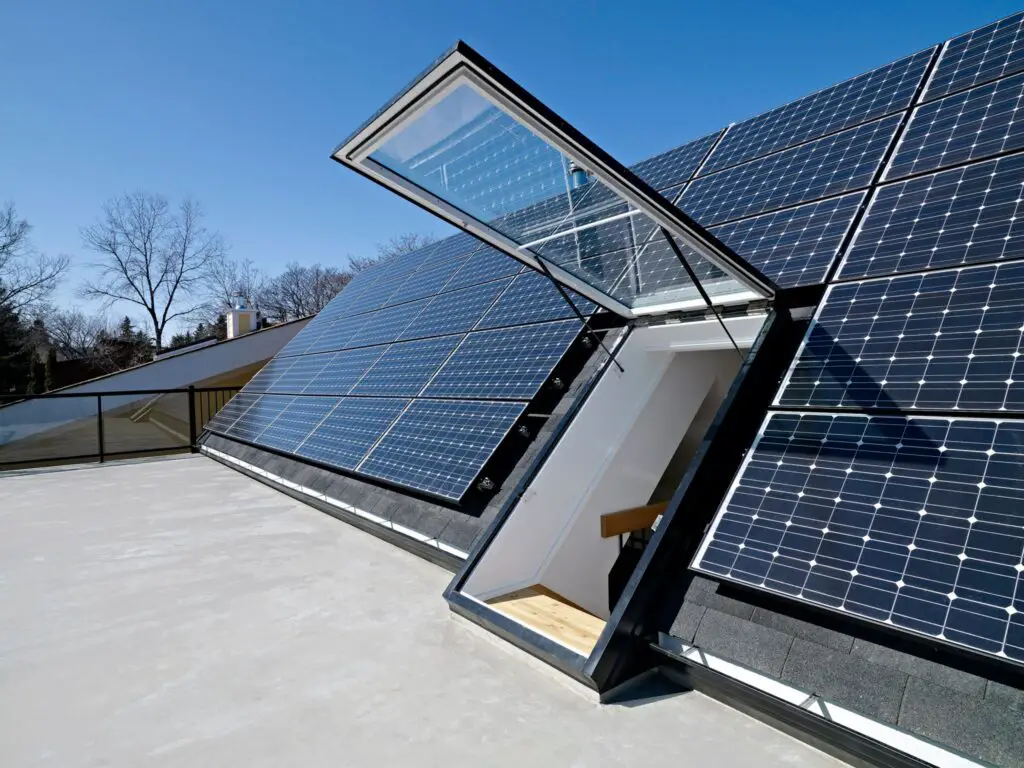
How many solar panels does it take to power a house?
How Many Solar Panels Do You Need to Power a House? That being said, the exact number of solar panels needed for your house depends on several other factors.
The first step in determining the number of solar panels needed is to understand your household’s energy consumption. Review your electricity bills to determine your average monthly or annual energy usage in kilowatt-hours (kWh). This figure will serve as the baseline for sizing your solar system.
The location of your home plays a significant role in the amount of sunlight your solar panels will receive. Solar panel efficiency refers to how well a panel can convert sunlight into electricity. Higher efficiency panels produce more power for a given area, which can be beneficial if you have limited roof space. When comparing different solar panels, consider their efficiency ratings to choose the most suitable option for your needs. Series wiring, also known as string configuration, forms a continuous loop by connecting multiple solar panels’ positive and negative terminals. The string’s first and last panels provide the result.
The amount of available roof space determines how many solar panels can be installed. Larger roofs with minimal obstructions and shading will accommodate more solar panels, while smaller roofs or those with chimneys, vents, or skylights may have limited space for installation. Take accurate measurements of your roof and consider any obstructions when planning the solar panel layout. Series wiring, also known as string configuration, forms a continuous loop by connecting multiple solar panels’ positive and negative terminals. The string’s first and last panels provide the result.
Can a solar panel be connected directly to an inverter?
Yes, solar panels can be directly connected to the inverter instead of the charge controller. A proper and good quality solar power inverter is an essential part of your photovoltaic arrays. It’s an important bridge of solar panel connection to the battery and to the grid.
Solar panels produce variable DC voltage depending on factors like sunlight intensity and temperature. The output voltage from a single solar panel might not match the voltage requirements of the inverter. Inverters are designed to work optimally within a specific voltage range, which may not align with the voltage output of a single solar panel.
Inverters are designed to handle specific loads and convert DC to AC efficiently. A single solar panel might not provide enough power to operate the inverter at its rated efficiency, resulting in suboptimal performance and wasted potential.
High-quality inverters utilize MPPT technology to extract the maximum power from solar panels under varying conditions. By directly connecting a solar panel to an inverter, you lose the benefits of MPPT, leading to reduced energy production.
How long do solar panels last?
25 to 30 years
The industry standard for most solar panels’ lifespans is 25 to 30 years. Most reputable manufacturers offer production warranties for 25 years or more. The average break even point for solar panel energy savings occurs six to 10 years after installation.
Over time, solar panels experience performance degradation, meaning they gradually produce less electricity. The rate of degradation varies based on the quality of the panels and environmental conditions. On average, solar panels experience an annual degradation rate of around 0.5% to 1%. This means that after 25 years, the solar panels’ efficiency is likely to be around 80-90% of their original capacity.
Most reputable solar panel manufacturers provide product warranties that typically cover 25 to 30 years. These warranties often guarantee that the panels will maintain a minimum output level (e.g., 80% or 85%) of their original capacity over the warranty period.
The average lifespan of solar panels is often referred to as their “usable life” or “operational life.” Most high-quality solar panels are expected to have a usable life of 25 to 30 years or more. This means that after this period, the panels will still generate electricity, but at a reduced efficiency compared to their initial output.
Can you have both solar and electricity?
A household can marry solar power and traditional electricity for a more efficient, dynamic power system. Understanding how solar panels work with electricity can help you learn which solar power system could be right for you and how to use both types together for maximum energy savings.
A hybrid solar system combines solar panels with a battery storage system and a connection to the electrical grid. This system allows you to generate solar energy during the day when the sun is shining and use it to power your home’s electrical needs.
Any excess energy generated by the solar panels can be stored in the batteries for use during the evening or when the sun is not shining. In case the solar panels do not produce enough energy to meet the demand, the system can draw electricity from the grid as a backup.
Whether a hybrid solar system is suitable for you depends on various factors, including your energy needs, location, available roof space, and budget. If you live in an area with frequent power outages, a hybrid system with battery storage can offer peace of mind with backup power.
Additionally, a hybrid system can be an excellent option if you want to maximize your use of solar energy while still having access to the grid for additional power when needed.
Having both solar and electricity through a hybrid solar system is a practical and sustainable solution for meeting your energy needs. With the ability to generate solar power, store excess energy in batteries, and connect to the grid for backup, hybrid systems offer versatility, cost savings, and reduced environmental impact.
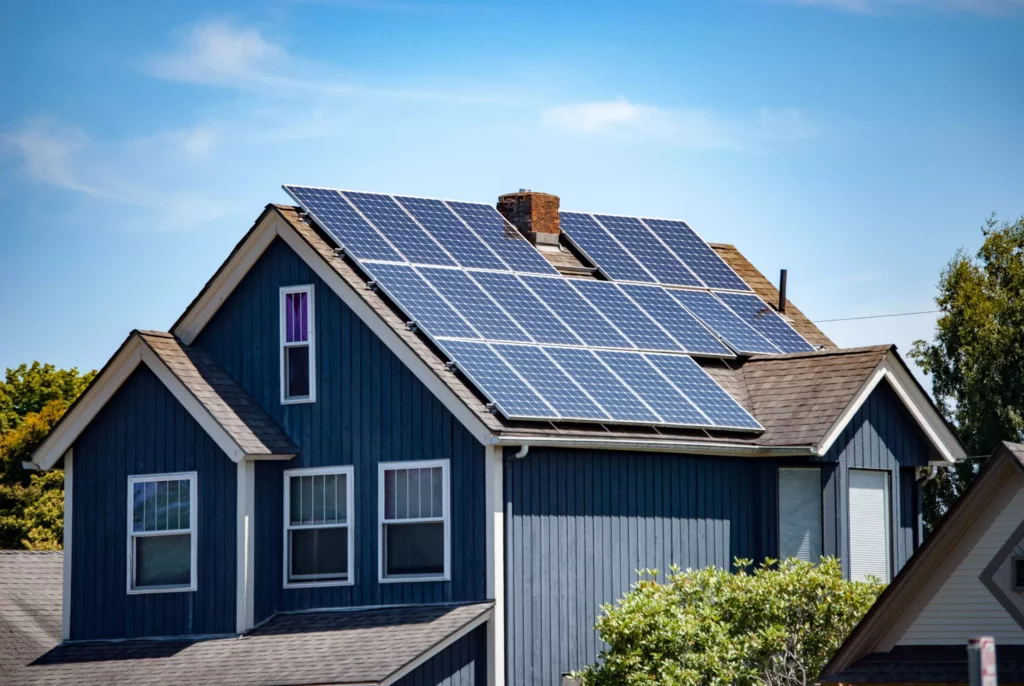
Conclusion
The choice of solar panels and inverters significantly influences the performance and efficiency of your solar system. By considering factors such as panel type, efficiency ratings, and monitoring capabilities, you can optimize your solar power generation and maximize your energy savings.
Moreover, connecting your solar system to the grid provides various advantages, from reducing home electricity bills through net metering to contributing surplus energy back to the community. For those seeking further energy independence, battery storage offers a viable solution to store excess solar energy for use during peak hours or power outages. Once your solar system is up and running, it’s crucial to maintain regular monitoring and periodic maintenance to ensure its longevity and peak performance.
By staying vigilant, you can detect and address potential issues promptly, keeping your solar system operating optimally for years to come. Remember, embracing solar energy not only benefits your household but also plays a vital role in the broader effort to combat climate change and promote a sustainable future for generations to come. As more individuals and communities transition to clean energy sources like solar power, we collectively contribute to a greener and healthier planet.



